Cats are fascinating creatures with personalities as diverse as their owners. While often seen as independent and aloof, many cat owners would assert that their feline friends are actually among the most communicative members of their households. But how can you tell if your cat is just lounging nearby or they are actually waiting for you to initiate interaction? Understanding feline behavior can deepen the bond between you and your pet and improve your ability to respond to their needs. This article provides insights into how to recognize when your cat is awaiting your attention, offering a more fulfilling and communicative relationship with your furry companion.
Understanding Feline Communication
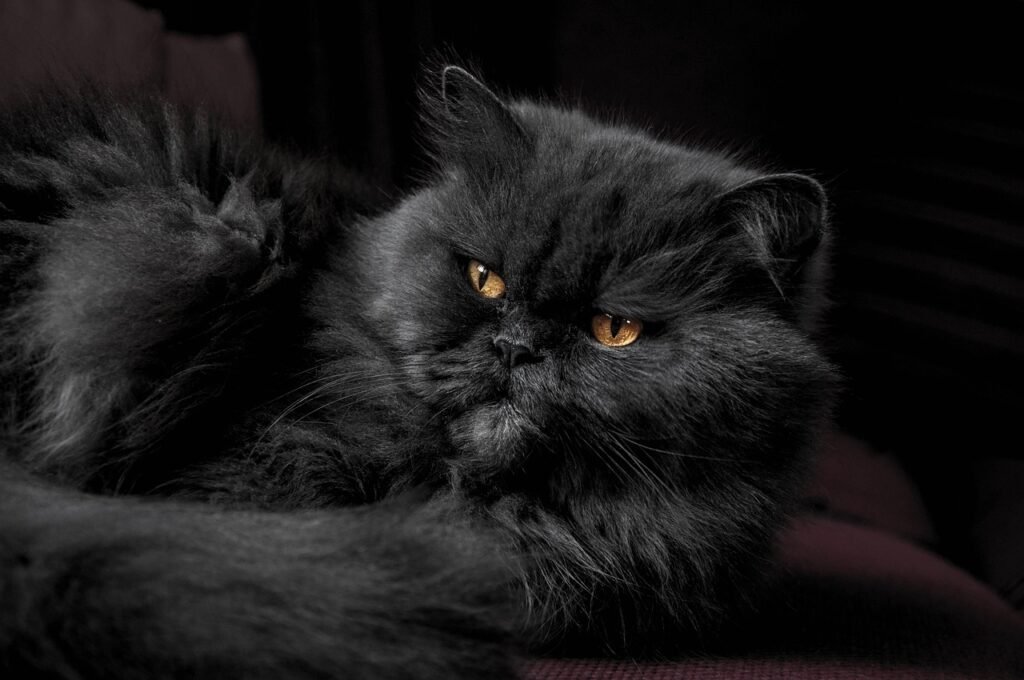
To understand whether your cat is waiting for you to say something, it’s important to grasp how cats communicate. Cats primarily use body language to express their feelings and intentions. While they won’t speak to you in the way humans do, their eyes, ears, tails, and posture can convey a wealth of information. Paying attention to these non-verbal cues is critical for interpreting your cat’s desires and needs.
Reading the Eyes
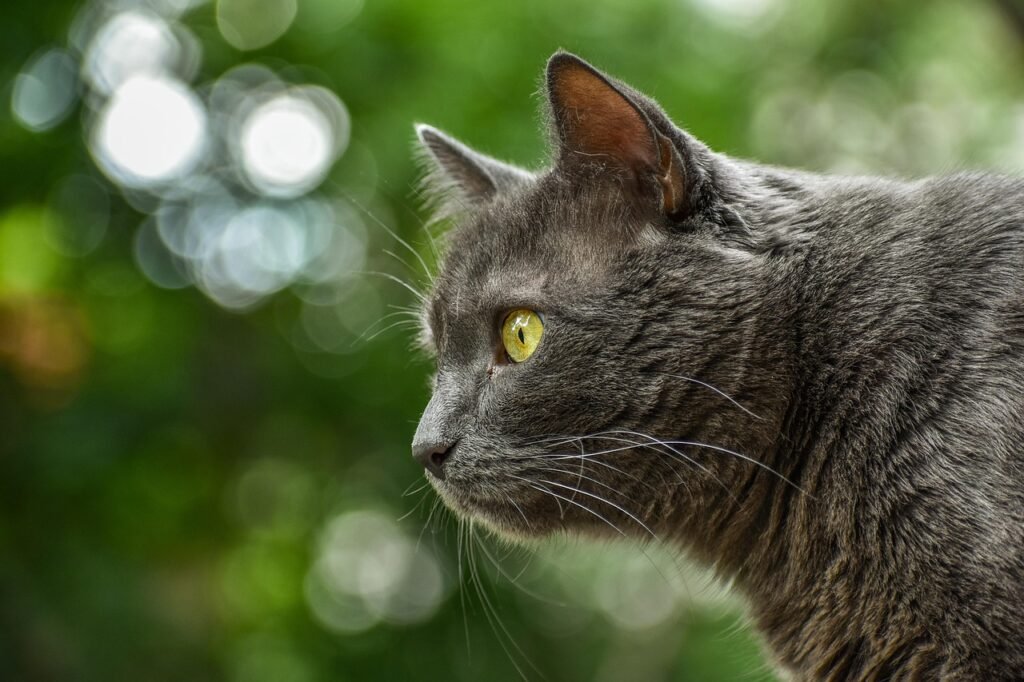
Cats use their eyes to communicate a range of emotions. If your cat locks eyes with you and blinks slowly, they are showing affection and trust, sometimes inviting interaction. Conversely, wide eyes with enlarged pupils can mean excitement or fear, indicating that they might need reassurance from you before seeking conversation.
Attentive Ears

Pay attention to your cat’s ears. If they are perked forward or swiveling toward your direction, it might indicate that your cat is interested and attentive to any potential communication. Ears pointing backward or flattened, however, could suggest discomfort or stress, signaling that it may not be the right time for engagement.
Tail Talk

Your cat’s tail can be very expressive. A gently swaying tail typically means your cat is relaxed and open to interaction, possibly waiting for you to make the next move. A completely still tail can also denote focused interest in what you’re doing, signaling that they’re ready to listen.
The Power of Purring

Purring is not just a sign of contentment. Some cats purr when they crave attention or are in anticipation of a pleasant interaction. If your cat approaches you with a gentle purr, it might be their way of saying they’re waiting for your response or companionship.
Initiating Meows
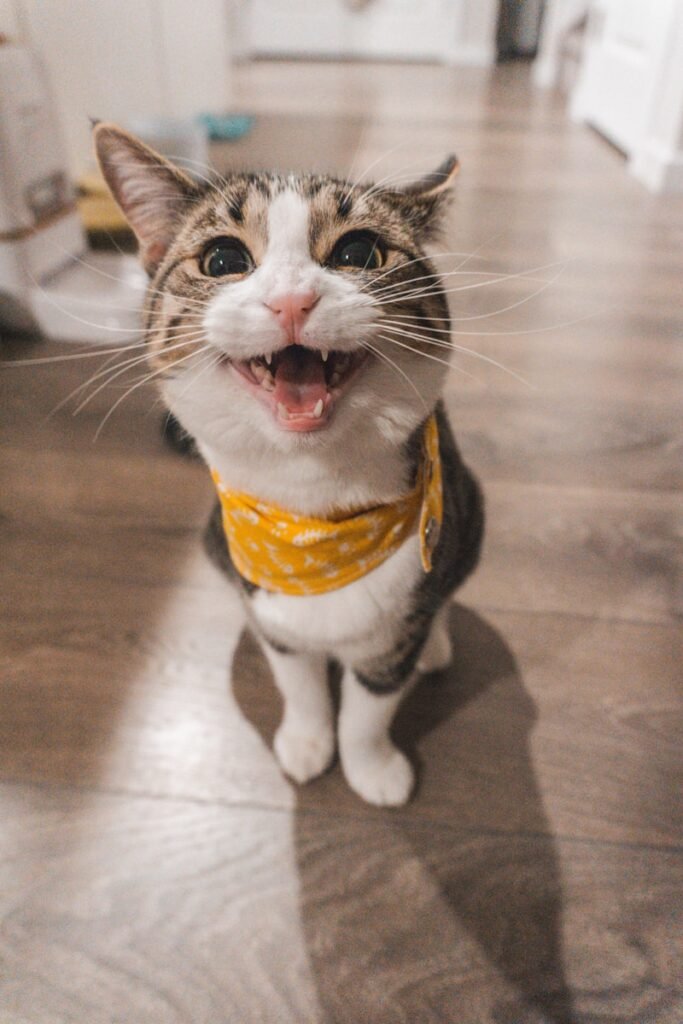
A cat’s meow is often interpreted as a direct request for attention. If your cat meows when they’re around you, it often signifies that they are trying to initiate communication. Paying attention to the context and tone of the meow can help determine whether they want food, play, or simply a chat with their favorite human.
Behavioral Cues

Cats display certain behaviors when they want your attention. These can include following you around the house, sitting quietly beside you, or even getting in your way. If your cat deliberately places themselves in your path or follows you from room to room, it is a clear sign they are waiting for interaction.
Interactive Play Signs

A cat waiting for playtime often displays excitement through playful gestures, like chasing a toy or stalking you playfully. This behavior indicates a desire for engagement, often a way for them to communicate their needs for activity and companionship.
Signs of Boredom
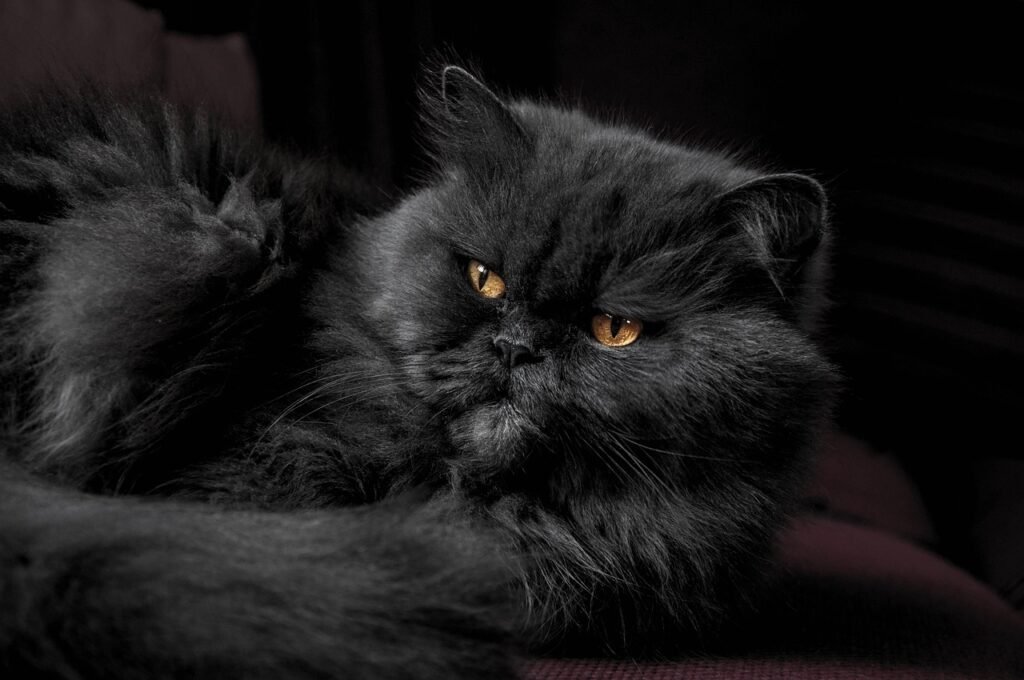
If your cat seems restless or bored, often fidgeting or displaying signs of frustration, they may be signaling that they need mental stimulation or social interaction. Boredom behaviors can include excessive grooming or scratching furniture, indicating a need for your attention.
Physical Proximity
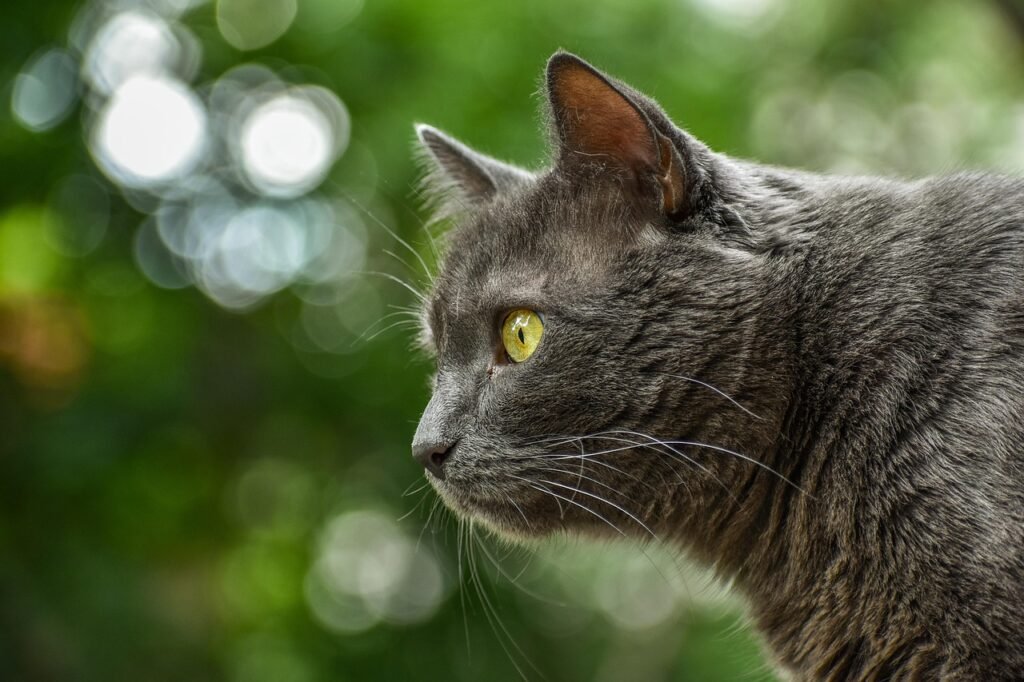
Cats often express their interest in communication through proximity. If your cat hovers around you, especially when you are engaged in other activities, they might be awaiting an opportunity to interact or show affection.
Monitor Your Cat’s Routine
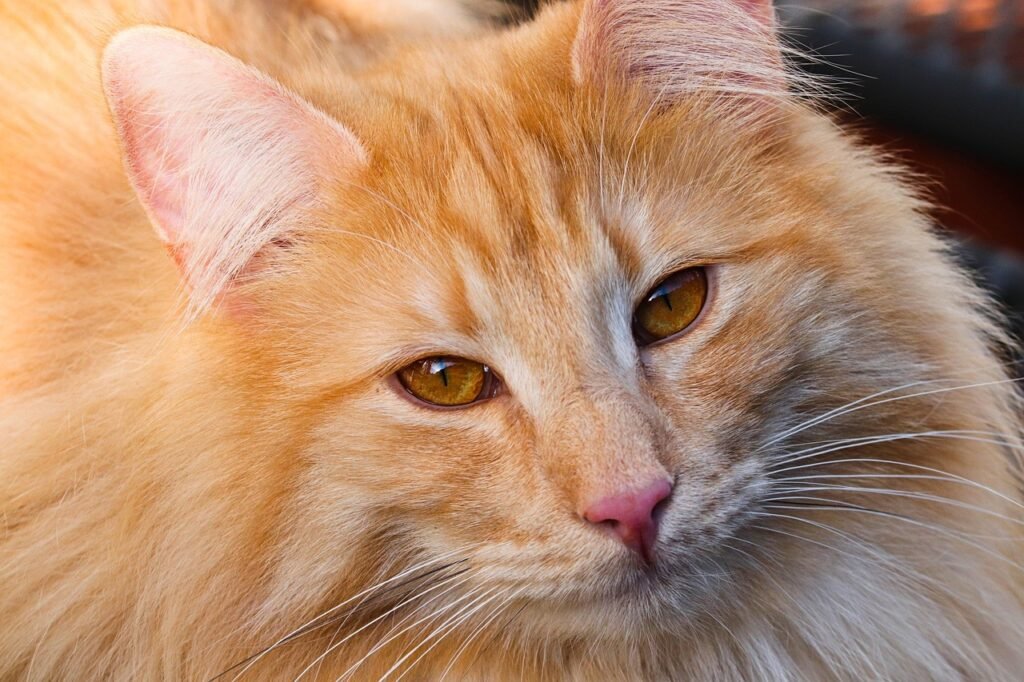
Understanding your cat’s routine can help you gauge when they’re expecting you to engage. For example, around feeding time, your cat might become more vocal or physically present, indicating they are waiting for you to acknowledge their needs.
Respecting Personal Space

While some cats are more social, others may have boundaries about the type and amount of interaction they desire. It’s vital to recognize these preferences and respect their space when they aren’t in the mood to communicate, fostering a healthy relationship built on mutual understanding and respect.
Creating a Communicative Environment

Cats thrive in environments where they feel safe and comfortable enough to communicate. Providing a space with toys, windows, and different types of vertical and horizontal areas can encourage communication and enrich your cat’s life, making them more responsive and engaged.
Recognition and Reinforcement
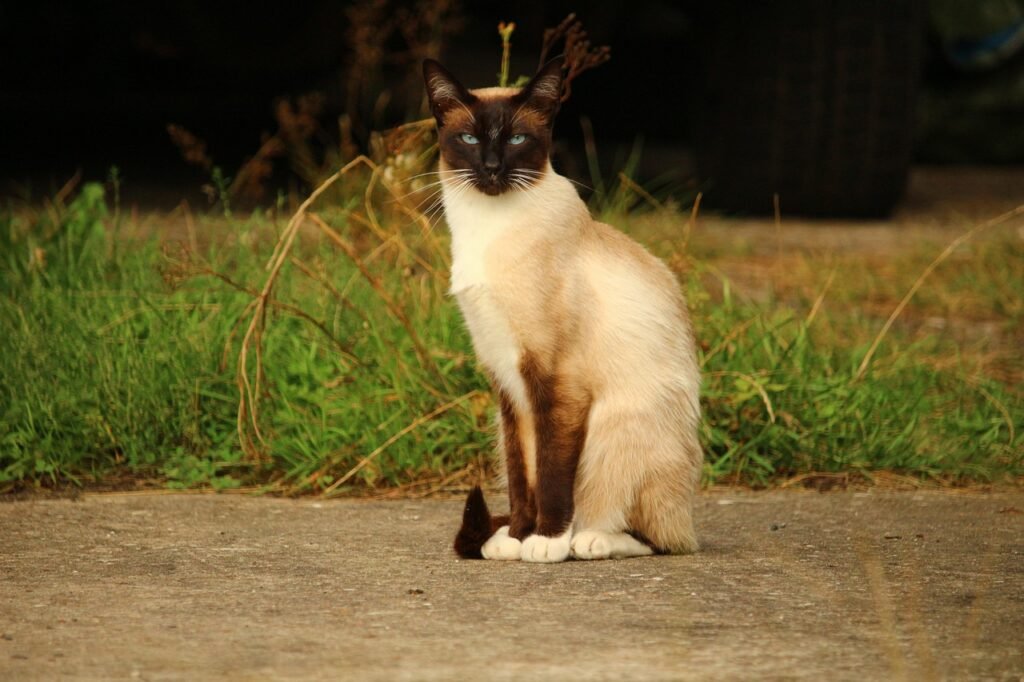
When your cat shows signs of waiting for communication, positively reinforce this behavior by responding with affection, treats, or play. This reinforcement not only strengthens your bond but also makes your cat feel heard and valued.
Every Cat is Unique
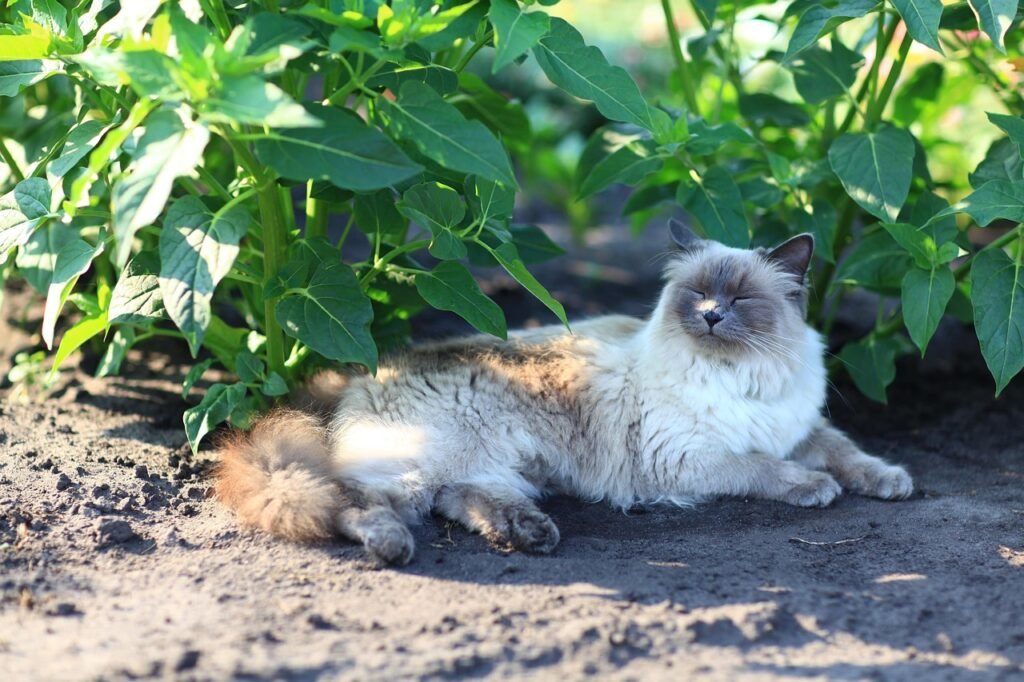
Remember that each cat is unique, with its own personality and communication style. Getting to know your cat’s specific signals and preferences will better inform you on how to respond to their cues effectively. Observing and understanding your cat’s behavior is an ongoing process that can deepen your relationship.
Conclusion
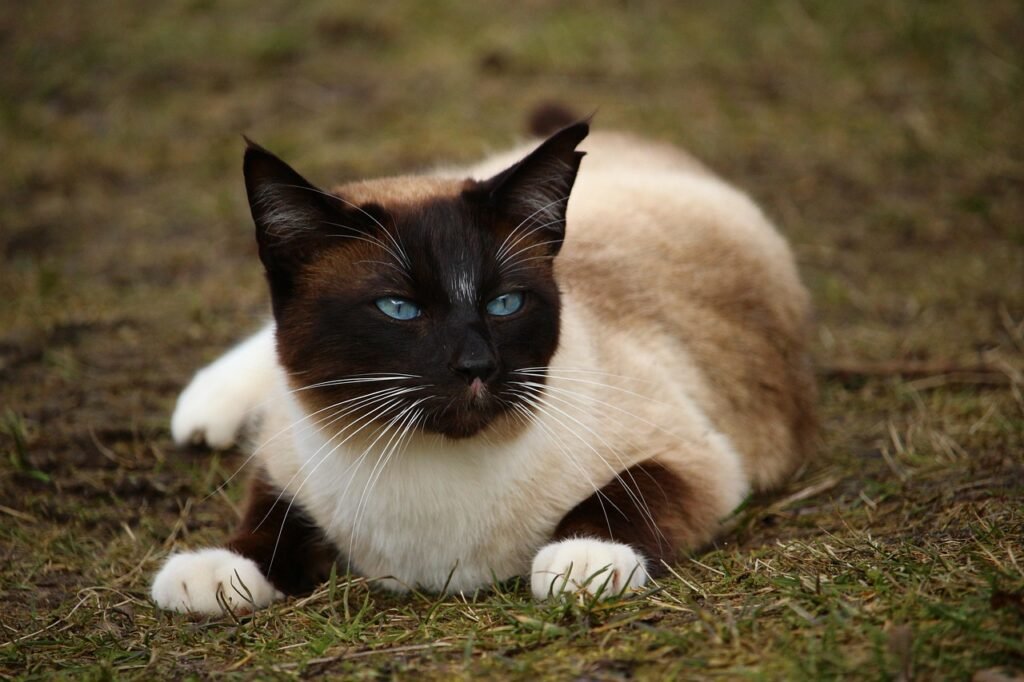
Recognizing when your cat is waiting for you to speak or interact can significantly enhance your bond. By tuning into their body language, vocal cues, and behaviors, you can better meet your cat’s needs and foster a happy, communicative companionship. Remember, a healthy relationship with your cat is built on understanding, patience, and mutual respect. Each interaction strengthens the unique connection you share, creating a fulfilling life for both you and your feline friend.
Hi, I’m Bola, a passionate writer and creative strategist with a knack for crafting compelling content that educates, inspires, and connects. Over the years, I’ve honed my skills across various writing fields, including content creation, copywriting, online course development, and video scriptwriting.
When I’m not at my desk, you’ll find me exploring new ideas, reading books, or brainstorming creative ways to solve challenges. I believe that words have the power to transform, and I’m here to help you leverage that power for success.
Thanks for stopping by, Keep coming to this website to checkout new articles form me. You’d always love it!





